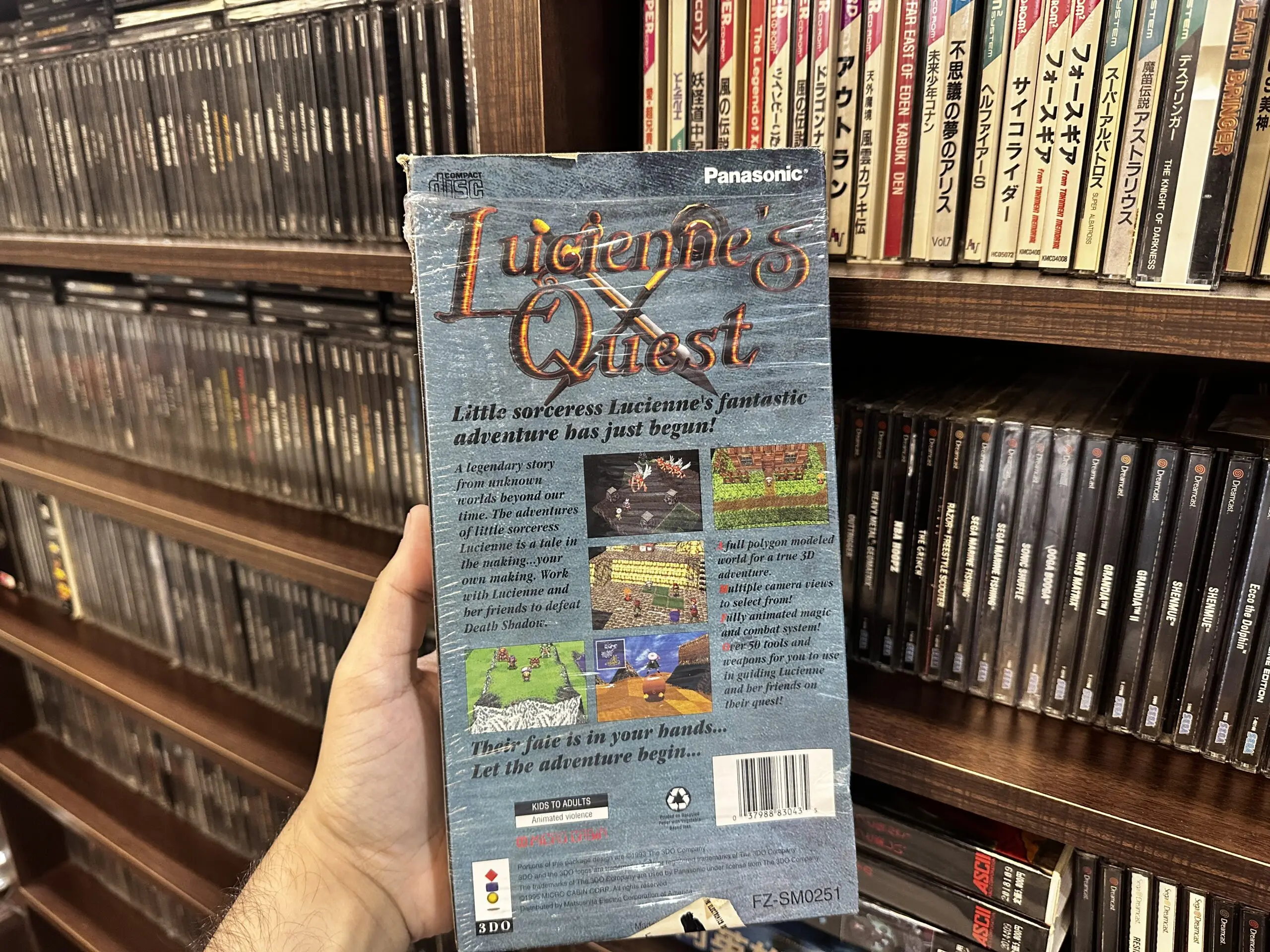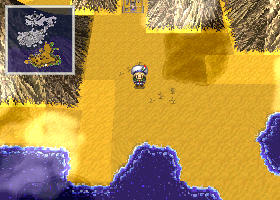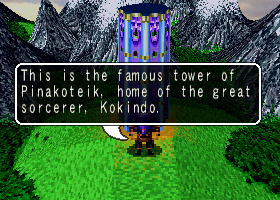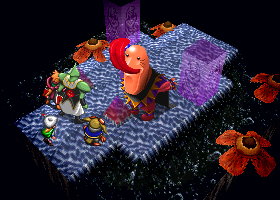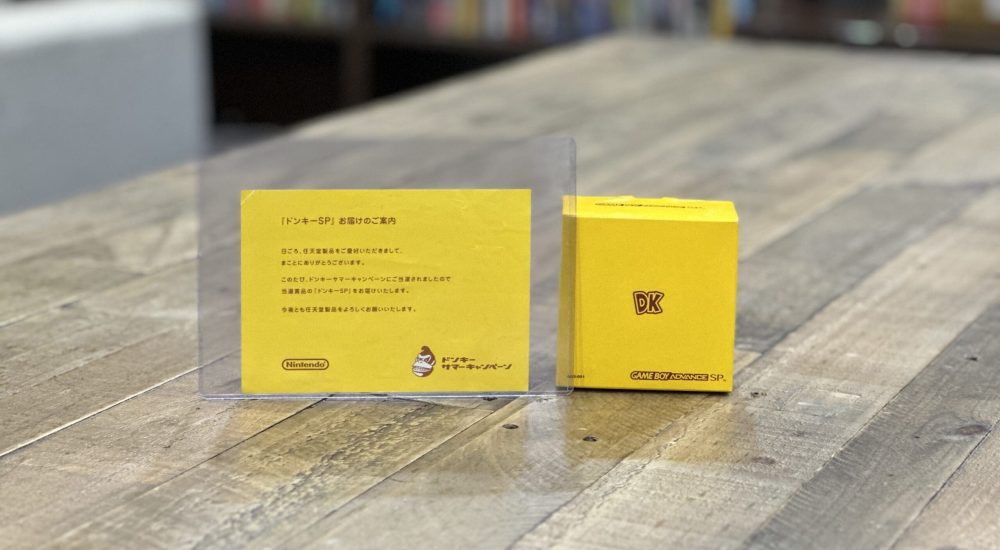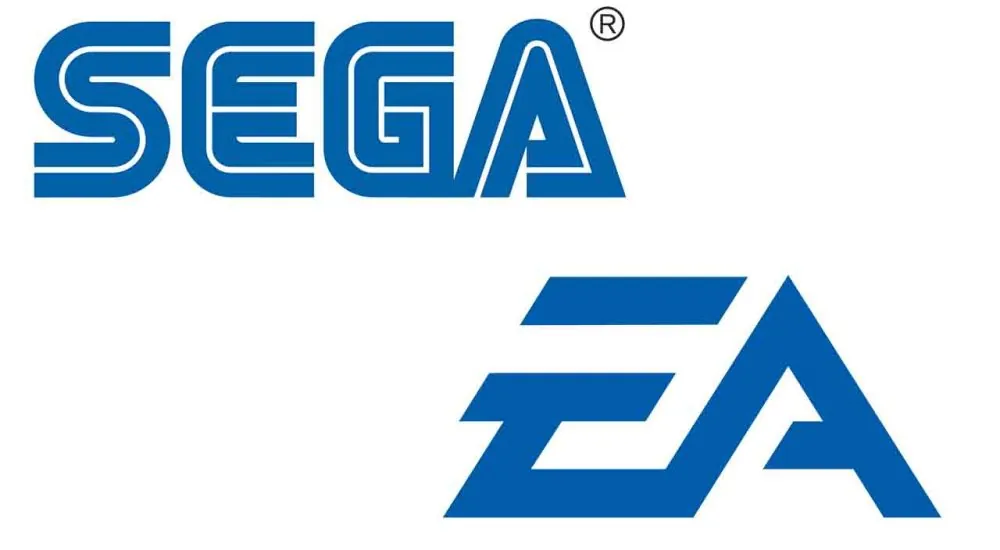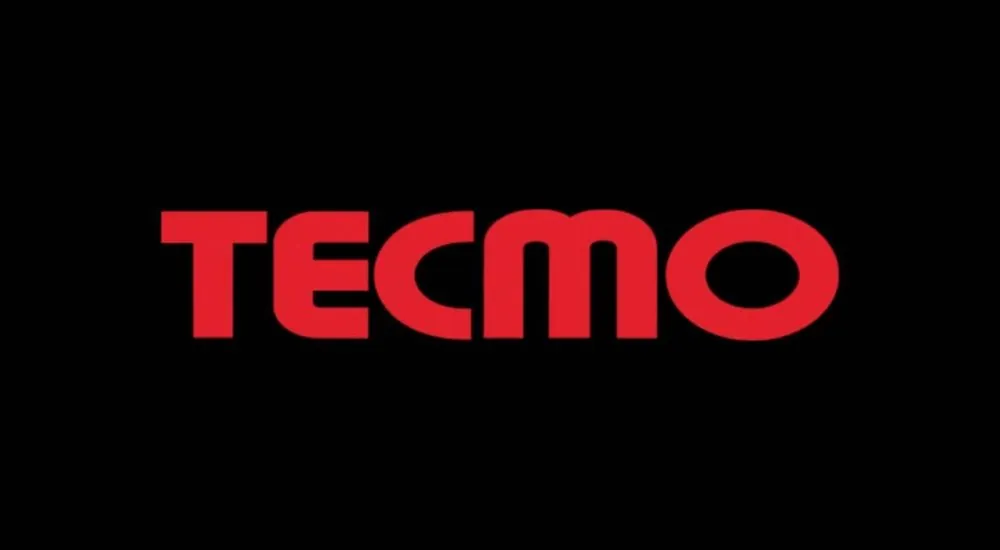Micro Cabin was a company known for developing niche JRPGs, similar to Falcom. While Falcom gained popularity in the West over time with remakes of their games, Micro Cabin faded away after being acquired by AQ Interactive. Only a few of their games, such as Power Kingdoms, Lucienne’s Quest, and Blazing Heroes, were translated into English. They also created the Xak action-RPG series and Illusion City, a cyberpunk JRPG set in a post-apocalyptic Hong Kong. Some of their games have been translated by fans, but they are not easily accessible.
Micro Cabin was praised for their talented game development, evident in their library with great graphics, awesome music, and innovative gameplay similar to early Falcom games. The Xak series is highly recommended for exploration, with Lucienne’s Quest serving as a good starting point for newcomers. Despite the 3DO system being criticized, it was actually a powerful console with comfortable controllers and region-free capabilities. However, its downfall was due to a high launch price and lack of developer support, leading to a shortage of game variety. English-speaking JRPG fans on the 3DO had limited choices, with Guardian War and Lucienne’s Quest being standout titles by Micro Cabin. While other JRPGs were released in Japan but never made it overseas, Lucienne’s Quest emerged as the top JRPG on the system in a year that also saw the release of acclaimed English JRPGs like Phantasy Star IV, Chrono Trigger, and Earthbound.
Lucienne’s Quest is a classic JRPG that takes players back to a simpler era in the genre. The game follows the story of Lucienne, a young apprentice wizard, and Ago, a traveler seeking a cure for his lycanthropy. Together with a timid Mole-bear named Miminaga, they embark on a journey to Mirado to find the cure. As they travel across different lands, they encounter towns with problems to solve and dungeons to explore. Along the way, they are joined by new party members as the story unfolds, ultimately leading to a final showdown to save the world from the threat of the Death Shadow. It’s a tale of friendship, adventure, and the classic JRPG elements that fans of the genre will appreciate.
The tale is a concise and charming story with straightforward character roles. Lucienne is portrayed as clumsy yet hopeful, Ago is resolute, Miminaga provides comic relief, and Kaneyung and Be-o-Melda are tough, witty warriors who enjoy combat. The antagonists in the story are somewhat clichéd, with some even breaking the fourth wall with self-aware lines. Adding a touch of whimsical humor, there are playful tactics and comedic moments sprinkled throughout the narrative. The story avoids overly dramatic subplots or character deaths, remaining clear-cut and engaging. While the game may seem to follow the conventions of a standard JRPG with typical mechanics like equipping gear and turn-based combat, it introduces clever elements to maintain freshness. Overall, the brevity of the game is a strength, offering around 15 hours of gameplay for newcomers and serving as an ideal breather after longer gaming sessions elsewhere.
The game features a day/night cycle that affects Ago’s abilities in battles, with players able to strategically choose to enter dungeons at night for an advantage. Battles are reminiscent of Suikoden, taking place in an isometric polygonal field with sprite-based characters on a 9×2 grid. Proper positioning is crucial, as characters in the front row shield those behind them and obstacles can impede attacks unless the character’s “destroy” stat is high enough. This adds a tactical element where players must balance attack power and obstacle removal.
In addition to battles, the destruction mechanic extends to map navigation, requiring players to demolish obstacles like rocks and trees to progress. Maintaining a high “Destroy” stat is essential, as breaking objects provides valuable stat-boosting potions. The gameplay involving object destruction is seamlessly integrated into the overall experience, with Lucienne being a prime candidate for receiving these stat enhancements due to her significance and vulnerability.
The game features various interesting concepts such as the option to summon the Golem as a backup character, which proves to be useful. The magic system is well-designed, with spells increasing in power and MP usage across five levels, allowing earlier spells to remain relevant as you progress through the game. The early availability of teleport magic is a standout feature, allowing players to warp to any town or dungeon without backtracking. Additionally, summon spirits serve as elemental-based secondary attacks, with the Item Spirit acting as a portable shop and the Gold Spirit functioning as a money lender. The game also includes a unique minigame involving catching the Sand Runner to cross a desert, reminiscent of racing games like riding Chocobos in Mode-7, albeit brief and somewhat redundant.
In the end, the game offers a pleasant JRPG experience with a mix of traditional and innovative elements. It strikes a good balance without being overly ambitious or overstaying its welcome, with its hardware exclusivity in the English release adding to its appeal. While some may find it generic or shallow compared to other games of its time, such criticism is unjustified. It provides a refreshing JRPG experience, similar to a lemon-sorbet for the genre, cleansing the palate after more demanding games. However, despite its merits, it is not worth the steep price tag of $1000.

